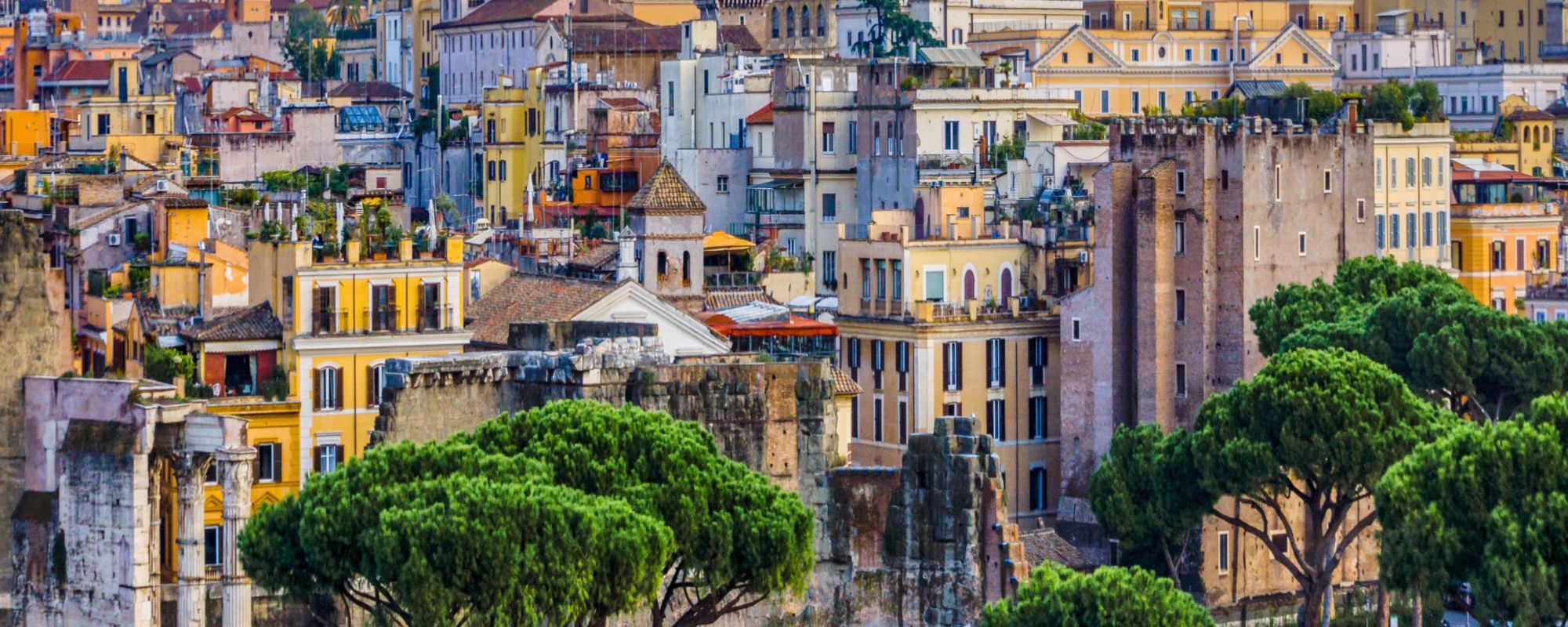
How to Plan a Trip to Italy | Guide to Your Dream Vacation
Key Takeaways
- Research every aspect of your planned trip to Italy, from the best time to visit right down to finding the best places to stay and the ideal budget.
- Plot out your itinerary to include enough variety in attractions, activities, and locations. An Italy tour with a professional tour director and a fun tour group is a must!
- Book your accommodation to match your planned trip and budget.
- Define your packing list beforehand, considering local weather and seasons in Italy.
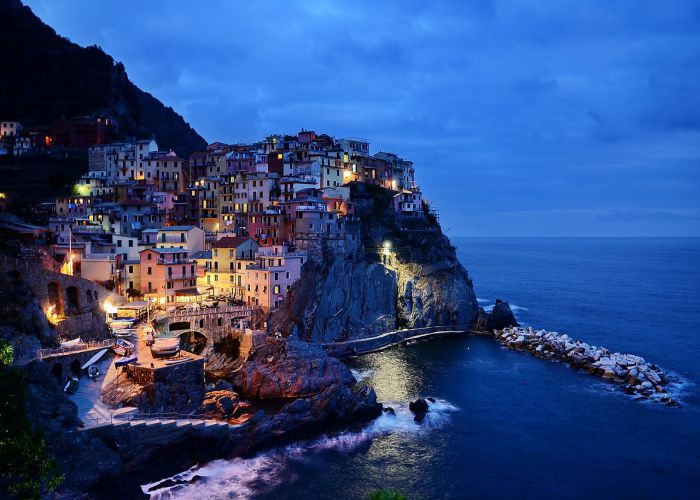
So, you’re looking for the ultimate vacation destination, and you've finally settled on one of the world’s most popular tourist destinations.
Italy is more than just the picturesque views of the canals in Venice and the grandeur of the Colosseum and the Roman Forum in Rome.
But picking the destination is the easy part. You must take the proper care when planning your trip ahead of time so that it goes off without a hitch.
This guide will walk you through everything you need to know, from research to budgeting (and more). So, without further ado, let’s look at how to plan a trip to Italy (whether you want to visit Northern Italy, Southern Italy, or any other part of the country).
Read next: Planning a Trip to Greece
Researching Your Trip
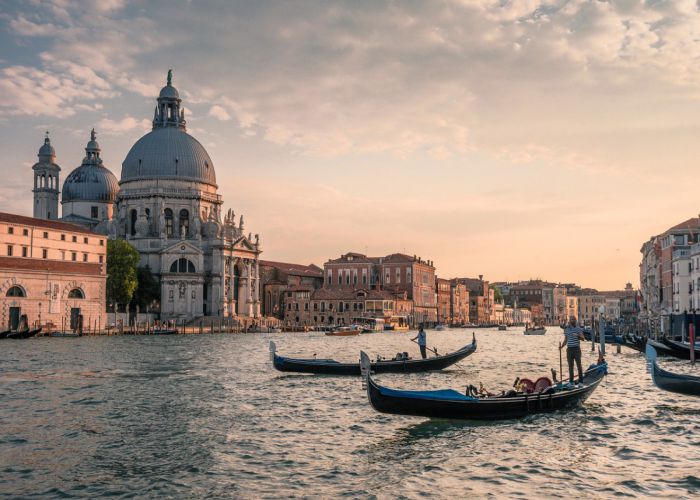
First things first, you’ll want to research your trip, whether that be through some Google searches or glancing through travel blogs.
After all, how can you expect to trek through a foreign country without knowing what to expect?
Careful research and planning lead to the best kind of trip. That’s a given. So, what exactly do you need to keep in mind? Well, here are a few things to consider.
Researching the Best Time to Visit Italy

No matter where you want to visit on your vacation, the time of year will always impact your trip. It determines the weather, available activities, potential events, and more.
Sure, there is no wrong time to visit, but there certainly are better times than others (depending on your outlook).
You should visit Italy in the summer or spring if you prefer warmer weather, like the weather in Italy in April or May, but it is peak tourist season, so you’ll likely have to pay more than other months.
Finding the Best Places to Visit in Italy
Next, you need to research the best places to visit in Italy.
Popular choices for Italy are the big names like Rome, Venice, Amalfi Coast, Cinque Terre, or Florence. Each location has something special and unique to offer you and boasts stunning views, regardless.
When researching, Italy attractions will likely stand out to you the most, so you can explore those specific places more closely.
Researching the Different Regions of Italy

Once you’ve decided which places to visit in Italy, you’ll want to research the different regions. This includes the areas' names, locations, and what they have to offer regarding attractions and sites.
Technically speaking, Italy has around 20 official regions, each with its capital and provinces. You’ve likely heard of Sicily, Lazio, or Tuscany (main capitals Palermo, Rome, and Florence).
So, study up on the central regions that include the places you’d most like to see and then hone in on those.
You’ll also learn more about the culture of the people in each region, which is a bonus.
Fun fact: Do you know Roman or Greek Mythology? If you do, you’ll be interested to know that the Pantheon in Rome was originally built to worship Roman gods and deities.
Researching Transportation Options in Italy
There are plenty of public transport options in Italy: Trains, buses, metros, trams, boats, and taxis.
It might seem daunting to use public transport options in a foreign country, but they are often the best choice for convenience and ease of travel.
Driving yourself is typically considered stressful in Italy, with the traffic, unknown roads, and ways of driving. So, walking or public transport can be helpful.
You also have the option of cycling and ridesharing. A plane might be more affordable than a train or other means if you're traveling a long distance across Italy.
Creating Your Itinerary
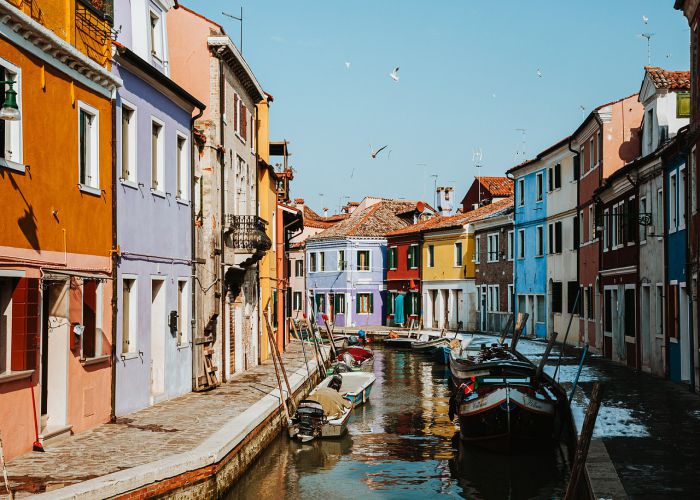
Next on the list of what to do is to plan or create your itinerary. Of course, some existing itineraries are out there, but for the most part, creating your own will help you get a more tailored experience.
Deciding on the Length of Your Trip
Of course, you’ll need to decide on the length of your trip.
When figuring this out, you’ll need to consider a few things. How big do you expect your budget to be? How long can you take off from work? How many Italy tours and destinations do you want to see?
Example itineraries can give you a good idea of how long to plan your amazing trip, like a Greece itinerary for 10 nights, which showcases the extended escape to this spectacular destination.
Don’t forget the length of your trip should also accommodate travel and sleep. Once you’ve settled on a time frame, you can start to plan your activities and locations accordingly on your itinerary.
Choosing Your Destinations
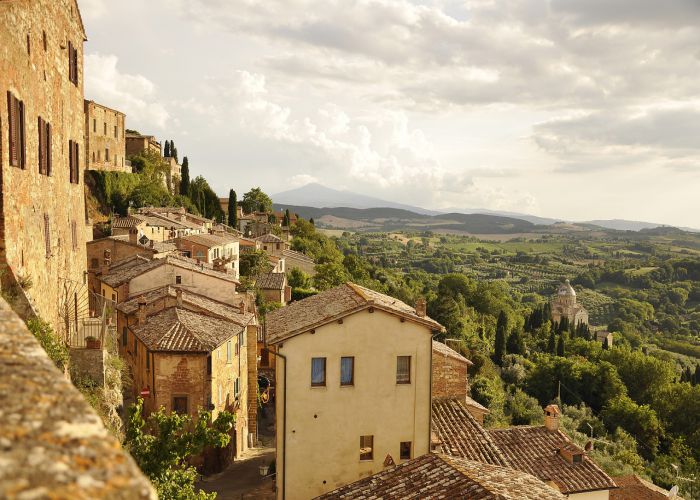
When choosing your destinations, your time on your trip will influence how many places you can visit. There are better ways than cramming as many locations into your trip as possible.
For example, a Greece Itinerary for two weeks includes a max of five destinations. A similar timeframe for Italy is excellent, too. It will allow you to get the most out of those top destinations without overextending yourself.
Prioritizing Your Activities
Once your locations have been settled, you can get into so much fun stuff – planning your activities. After all, one doesn’t visit a gorgeous country like Italy without planning some fantastic things to do.
Let’s say you have eight must-do activities on your list. The best thing to do would be to prioritize them according to what you’d like to do most.
Those priority activities should be first on your agenda or itinerary and arranged based on your location to reduce travel time.
This helps minimize any potential disappointment in case something comes up, and you must miss out on a day or two toward the end of your trip. Sometimes, saving the best for last isn’t always the way to go.
Creating a Day-by-day Itinerary
Now that you know what you are doing, where you are going, and how long you’re traveling, you can combine them into neat little Italy vacation packages.
Don’t forget that you can look at example itineraries to see how to structure yours, and as a little tip, remember to save some time for resting and taking short breaks.
Booking Your Accommodations

Booking accommodations is essential. What a bummer it would be if you arrived in a foreign country and realized you had nowhere to sleep.
Choosing the Type of Accommodation
First, you’ll need to decide on the type of accommodations you want to look for when visiting Italy. That means deciding if you're going to stay at an Airbnb, hostel, hotel, guest house, or holiday home. There are plenty of options, so first, decide which type of accommodation would suit you best.
Researching and Comparing Different Options
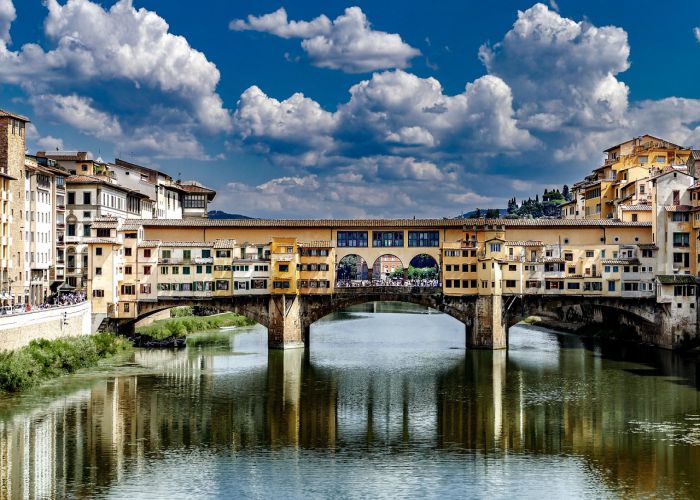
Next, you should use different websites to research and compare accommodation options. Websites like Booking.com or Airbnb.com will be your best friends when it comes to making comparisons.
When researching, there are a few factors you need to consider, including some of the following:
- Consider location and accessibility - You should compare the location of the accommodation to a map to see how close it is to your desired location. This will also give you an idea of the activities and places you can access in that area. The location also matters in terms of the view and overall quality of stay.
- Budget - Of course, you want to compare prices for different accommodations to ensure they fit within your daily and overall budget for your trip.
- Number of people - You’ll need to consider the number of people on the trip with you. Some locations have a room limit, like four people per room, for example. It’s best to remember that if you don’t want to be separated from your travel buddies.
- Amenities and services - If you book a place to stay, you’ll obviously want to enjoy certain services. Comparing different locations will give an idea of what they offer, like breakfast inclusion, a pool, or a stable Wi-Fi connection, among other things.
Booking Your Accommodation in Advance
When booking your accommodations, it is always best to do so in advance. This way, you ensure you don’t miss out or get affected by last-minute sell-outs. How far in advance should you book your accommodation? Well, some recommend four (or even six) months in advance, at the least.
Planning Your Activities
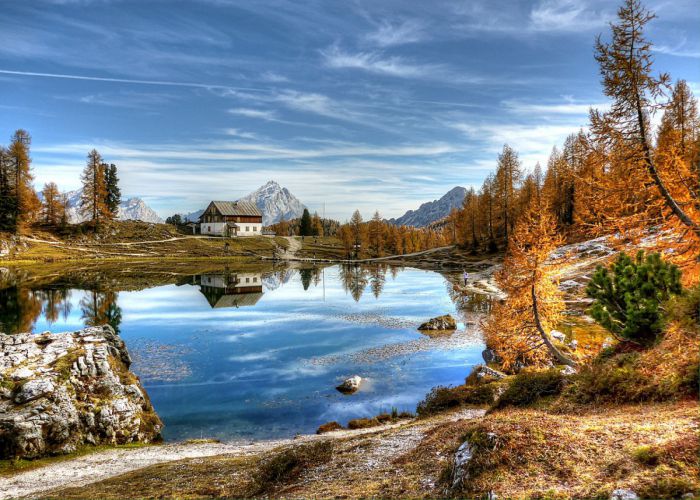
So, you’ve got an idea of where you will stay during your dream Italian vacation. Now what? Well, you have to decide which activities you want to enjoy. After all, what is a trip without something to do?
As a good starting point, you should always look up some of the best things to see and do in Italy. After that, you can start thinking about what you’d most like to do.
Here are a few other things to consider when planning your activities.
Researching and Booking Tours and Activities
There are plenty of amazing things to do in this fantastic country with a rich history and fascinating culture that don’t require booking in advance.
However, that isn’t the case for all – especially the most popular tourist activities. You’ll want to plan most of the more significant outings in advance and book your tickets online.
Famous places like the Colosseum, the Vatican Museums, the Uffizi Gallery, the Leaning Tower of Pisa, and Pompeii (to name a few) are best enjoyed when booked in advance.
Considering the Time of Day for Different Activities
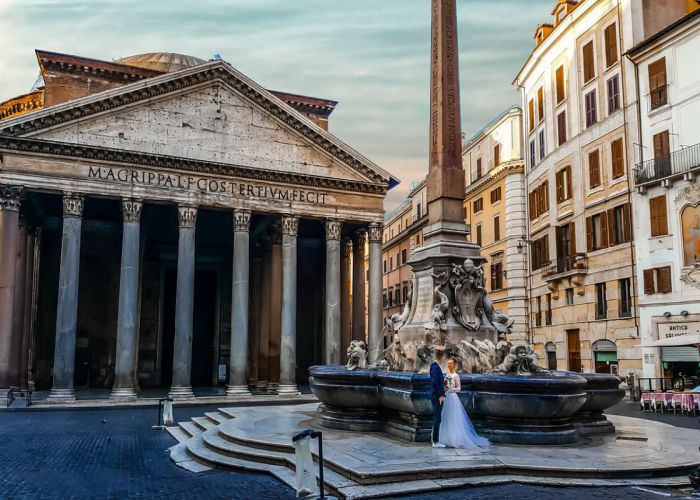
The next part of planning your activities includes considering the time of day for each one. Some activities are only available during certain hours, like the Colosseum, which is open between 8:30 a.m. and 4:30 p.m. daily (unless you manage to snag a special nighttime tour).
Other activities are available at night, though (and sometimes even better). You might enjoy strolling to the Trevi Fountain when you visit Rome during the nighttime when the crowds are gone.
Perhaps (if you’re up for the party and hangover the next day) you would also enjoy visiting a classic Italian bar or pub in the evenings.
It’s also good to remember that Italy is very popular, so main areas like Rome and Venice will likely be bustling. Some times of day are less busy than others, so considering it can help avoid those pesky crowds.
Planning for Downtime and Relaxation
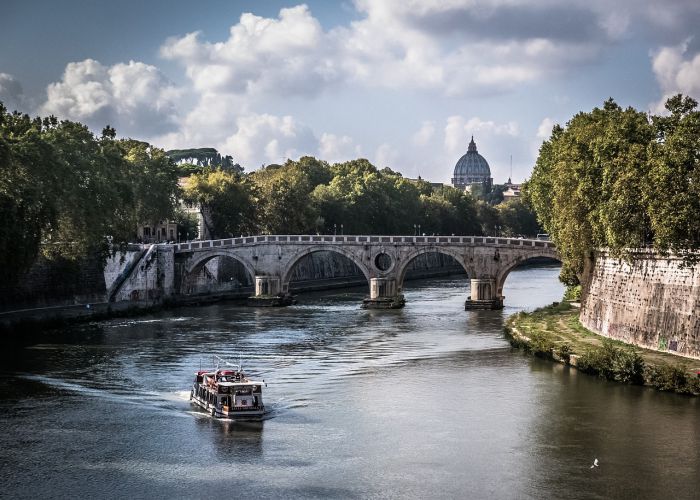
Don’t overschedule yourself. Pushing as many activities into your itinerary may be tempting, but you don’t want to spread yourself too thin.
Make sure to leave some free time around your planning to account for some downtime. After all, after days of traveling and running around the streets of Italy, you will most likely be tired.
Budgeting for Activities and Excursions
This part goes without saying, but you should be conscious of your travel budget when planning your activities.
A dedicated activity and excursion budget for your Italy trip is essential so you still have money for other things, like food or travel.
Packing for Your Vacation Package

Once your trip is planned and you’ve booked your flights and accommodations, you’re ready to get packing. There are plenty of things you need to pack for your Italy trip, but here are some of the top vacation essentials that you’d need:
- Appropriate clothing
- Travel adapters
- Spacious and comfortable backpack
- Money belt
- Suitcase and carry-on luggage
- Passport and Visa
- Towels and toiletries
- Weather-dependent items, like beach towels, umbrellas, scarves, swimsuits, etc.
A lot more goes into it, so you should look at some existing packing lists for a trip to Italy for more helpful tips.
Researching the Weather and Climate in Italy
If you want to pack appropriate clothing for your trip, you’ll need to check the predicted weather conditions in the specific regions of Italy that you’re visiting.
Spring months in Italy, for example, can be pretty unpredictable. One moment, it's warm and sunny, and the next, it's cold and rainy – that means packing both a raincoat and a sunhat. Summer, on the other hand, can be scorching in Italy.
The moral of the story – pack for the weather conditions (easy as pie).
Choosing Appropriate Clothing and Footwear
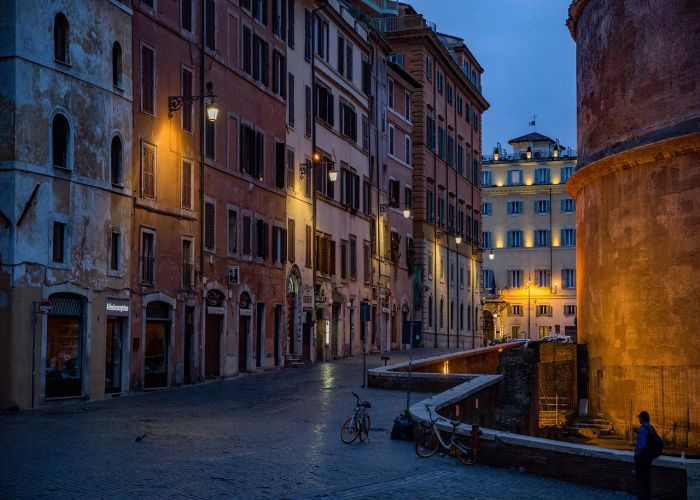
As mentioned, you must ensure you’ve secured appropriate clothing and footwear when packing for your trip to Italy. That means considering the weather, your activities, comfort, and convenience.
Don’t pack a ton of long pants or thick sweaters when you know you’re visiting during the hot summer months. Don’t pack sandals if you know you will be doing a lot of walking – and in Italy, you will definitely do.
Being conscious of your activities, the weather, and other factors are key when packing your suitcase. After all, if you were traveling and knew the weather in Greece in February was freezing, you wouldn’t bring a sundress, now would you?
Packing for Different Activities and Occasions
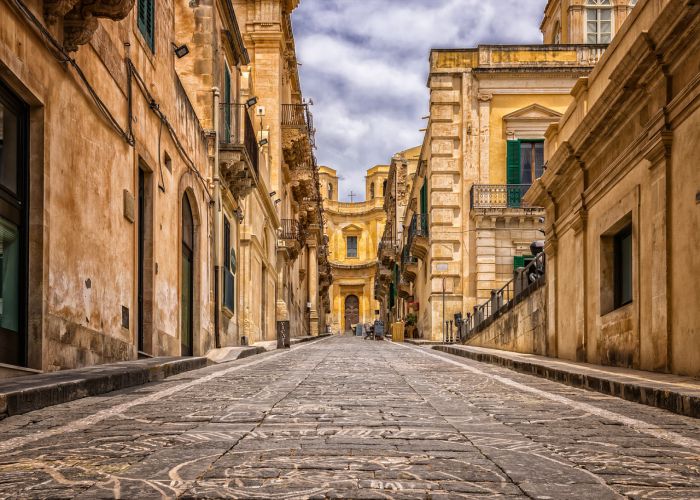
Your chosen activities are also important to consider when packing for a trip. Italy is one of the prettiest locations out there, so you’ll likely find yourself partaking in activities that require a lot of walking. In this case, packing a nice, comfortable, high-quality pair of walking shoes is a must.
Perhaps you plan on visiting the beach most days when you visit Italy, meaning you’d have to pack a beach bag, a towel, sunscreen, and a swimsuit.
Make sure to consider the activities and occasions you have planned for your trip and pack appropriate items around them.
Packing Efficiently and Minimizing Luggage
A pest for any traveler has to be the luggage situation. Luggage weight limits, pesky baggage fees, you name it! To get the best out of your trip, you need to know how to pack a suitcase efficiently and minimize the amount of luggage you have as much as possible.
Getting Around Italy

So, you’ve finally made it – you’re at the airport and walk outside into the big unknown of Italy’s cobblestone streets. What now? Well, you need to find a ride, of course. Hopefully, before you left, you made a point to follow these next few steps.
Getting around in Italy is not for the faint of heart, but it needn’t be scary either.
Understanding the Transportation Options in Italy
It’s essential to understand which public transportation options are available to you in Italy so you can decide which ones are the best in terms of price, convenience, and availability. Here are a few public transport options that you can make use of:
- Trains
- Buses
- Boats or ferries
- Car service drivers
There are plenty of options, but deciding which choices to use will come with researching the different transport options.
Renting a Car vs. Public Transportation
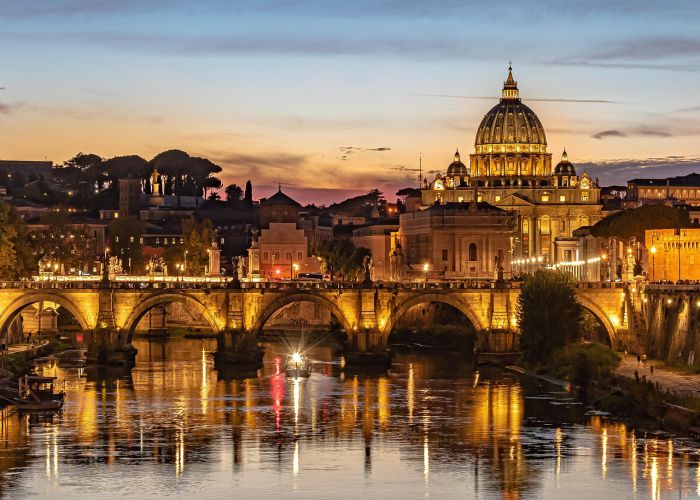
Like transportation in Greece, driving a rented car in Italy can be daunting. Luckily for you, though, there is a ton of information on the different transportation options available in Italy.
Firstly, you could be the person who rents their car and drives their way around the country. This may not be the best idea. Driving on your own in a foreign country is difficult.
You wouldn’t fully know the rules and regulations, and you wouldn’t be used to the driving habits of others – not to mention the stress of navigating unknown roads.
This is where public transport comes in. Public transport options are abundant in Italy, and it is recommended to use them in most cases. It can be more accessible, cheaper, and faster than driving a car on your own.
Navigating Italian Roads and Highways

If you do decide that you’d prefer to drive yourself around, the first thing you’d need to do is understand how to navigate the roads and highways in Italy.
Generally, you’ll need to know how to use your GPS, pay potential highway tolls in some areas, fuel consumption costs, and speed limits. Those are just a few considerations, so always check online and watch videos that show you the way of the road.
Understanding Italian Driving Laws and Regulations
Finally, if you’ve decided to drive a rental car instead of public transport, you’ll need to be clued up on the rules of the road. You need to research this a while in advance before actually taking your trip.
Suppose you know anything about driving in Greece, for example, or any other European country. You’ll notice that you require a European Union driving license (if traveling from a non-EU country). The same goes for Italy.
The rules for driving in Italy are similar to the rest of Europe, but some are unique to the region. For example, you can only use your horn for an emergency if you pass through a village or keep right and overtake to your left.
Of course, there are plenty more rules where that comes from, so be sure to look those up before you embark on your journey.
Budgeting for Your Trip
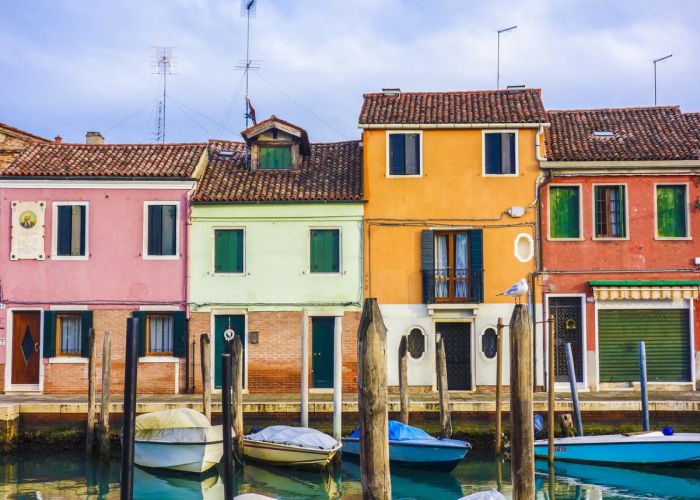
Now that you have the activities planned and you know exactly what you want to do, you can work on budgeting for your trip. Here are a few key areas to focus on when planning your budget.
Setting a Realistic Budget for Your Trip
Setting a realistic budget for your trip is essential – not everyone can afford to splurge on anything and everything they see! So take time to consider how much money you’ve set aside for your trip and how much you can assign to different categories.
Researching the Cost of Accommodations, Activities, and Transportation
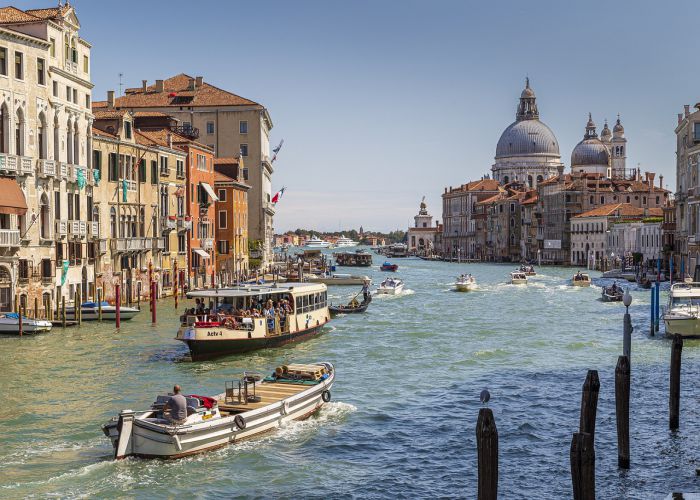
After you’ve looked up where you will be staying, what activities you’ll be partaking in, and how you’ll be getting around, you can get started and set aside some money for each.
A dedicated budget for accommodations, travel, and activities is essential for a successful trip. It’s good to set aside a larger amount overall and determine how much you can spend daily for each category.
That daily amount will narrow down your options on where you can stay for the night, too, so keep that in mind when booking your accommodations.
Budgeting for Food and Souvenirs

Next up, you should also set aside some cash for famous food and souvenirs. Italian cuisine is absolutely amazing – that’s no secret, so eating out is likely on your do-to list. Having a dedicated Italian food budget is a must.
Plus, who wants to go on a wonderfully long trip to Italy and come home empty-handed?
Nobody – so set aside some money for some souvenirs for the family back home and some little splurges to satisfy your shopping needs.
Planning for Unexpected Expenses
Last but not least, you’ve got to have some money set aside for the unexpected. As much time and care as you put into your planning, there are some things you might miss or can’t control.
Whether that be baggage fees, tourist taxes, hidden fees at your hotel that you weren’t aware of, or even data fees for your cellphone. These unexpected fees can add up, so saving money for emergencies is always best.
Staying Safe in Italy
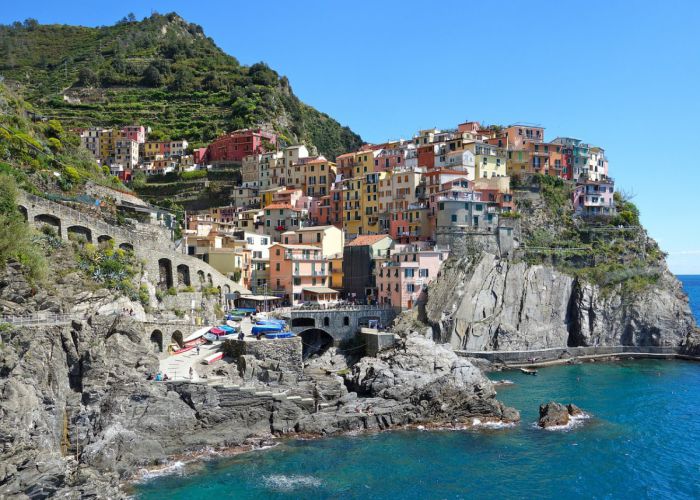
Sure, it’s easy to get caught up in the wonder and beauty of Italy once you’re there. Everything can feel perfect at the moment. Unfortunately, tourists can sometimes be out of their element and fall victim to scams and unplanned emergencies. So, you should remember a few things to stay safe when traveling in Italy.
Understanding Common Scams and Tourist Traps
When traveling in any foreign country, there are bound to be people who want to take advantage of tourists and create bogus tours and guides. It’s best to look up some common tourist traps in Italy and prepare yourself so you don’t fall for them.
Some of the most common scams include fake tour guides, local pickpockets, overpriced taxi drivers, and even fake police officers who could charge you for false fines – seriously.
Staying Aware of Your Surroundings
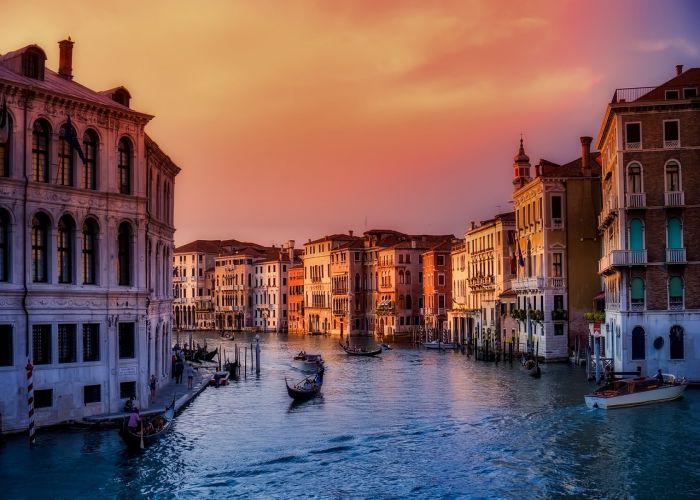
Italy (and any country for that matter) has some pickpockets lurking about. It’s always important to keep your guard up – yes, enjoy your time there, but be wary of people getting just a little too for comfort.
Keeping Your Valuables Safe
You can do a few things to keep your valuables safe while traveling in Italy. For one, trying to blend in is always a good option. If you look like a local, you’ll be less likely to be targeted by local thieves and scammers.
Consider having a decoy wallet, or even better, invest in a good anti-theft backpack or bag. A money belt is also good since those can't be easily ripped off your person.
For the more pricey and essential items with you, always make sure to take out some good travel insurance for those unfortunate cases where you lose your valuable belongings.
Knowing Emergency Contact Information
The final key to a safe trip to Italy is to know the vital emergency contact numbers for ambulances, the police, or the fire brigade. Italy's general emergency response number in Italy is 112, but make sure you look up and save other numbers that might come in handy.
How to Plan a Trip to Italy | Final Thoughts

Italy, once again, is by far one of the best and most breathtaking vacation destinations. Its beauty is unmatched, not to mention the mouthwatering cuisine and phenomenal tourist attractions.
If you want to explore travel options outside of Italy, perhaps a trip to Mainland Greece is right up your alley.









